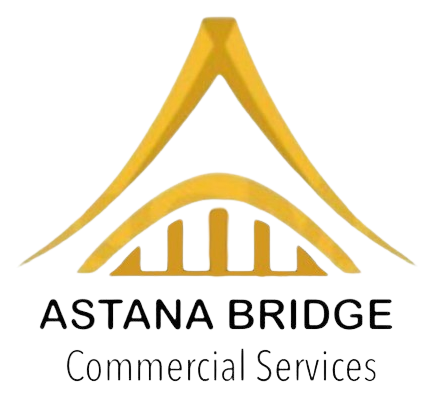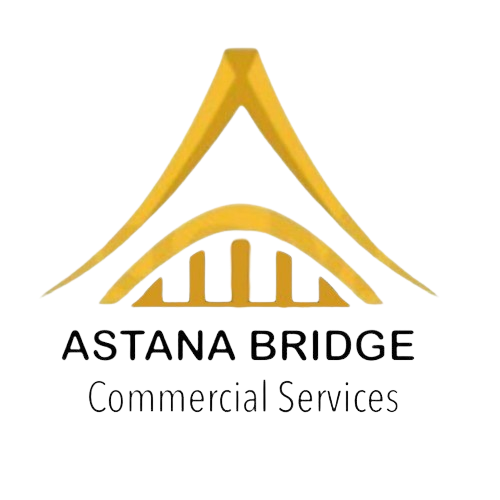Upgrading your hotel level category involves a comprehensive approach that encompasses improvements in facilities, services, operations, and customer experience. Here are the key steps to achieve this upgrade:
1. Assess Current Standing and Set Goals
– Evaluate Current Rating: Understand your hotel’s current category and the criteria for the next level.
– Set Clear Goals: Define what level you want to achieve (e.g., moving from a 3-star to a 4-star rating).
2. Enhance Facilities and Amenities
– Upgrade Rooms: Ensure rooms are modern, comfortable, and well-maintained. Add high-quality bedding, modern furnishings, and in-room technology (smart TVs, high-speed Wi-Fi).
– Improve Common Areas: Renovate lobbies, dining areas, and recreational facilities to reflect a higher standard of luxury and comfort.
– Expand Amenities: Add or upgrade amenities such as swimming pools, spas, fitness centers, business centers, and conference facilities.
3. Elevate Service Quality
– Staff Training: Invest in comprehensive training programs to enhance staff professionalism, hospitality skills, and customer service.
– Personalized Service: Implement personalized services such as concierge services, customized guest experiences, and enhanced room service options.
– Improve Housekeeping: Ensure immaculate cleanliness and maintenance across all areas of the hotel.
4. Revamp Food and Beverage Offerings
– Upgrade Dining Options: Enhance restaurant and bar offerings with diverse, high-quality menus and exceptional service.
– Introduce Specialty Dining: Consider adding specialty dining experiences such as rooftop restaurants, themed dining, or wine cellars.
– Room Service: Improve room service with a broader menu and quicker delivery times.
5. Leverage Technology
– Smart Systems: Implement smart room controls, keyless entry, and advanced booking systems.
– Customer Interaction: Use technology for seamless check-ins, digital concierge services, and efficient communication channels (mobile apps, chatbots).
6. Focus on Guest Experience
– Guest Feedback: Actively collect and analyze guest feedback to identify areas for improvement.
– Enhance Guest Relations: Create memorable guest experiences with special touches like welcome gifts, personalized greetings, and loyalty programs.
– Efficient Issue Resolution: Implement a system for quickly addressing and resolving guest complaints.
7. Marketing and Branding
– Rebranding: Consider rebranding to reflect the upgraded status, including a new logo, tagline, and marketing materials.
– Targeted Marketing: Develop marketing strategies to attract higher-end clientele, leveraging social media, online travel agencies (OTAs), and partnerships with luxury brands.
– Online Presence: Ensure your website and online profiles (Google, TripAdvisor, Booking.com) reflect the upgraded facilities and services.
8. Compliance and Certification
– Understand Criteria: Research the specific criteria required for the desired hotel category upgrade from relevant rating agencies (e.g., AAA, Forbes, local tourism boards).
– Conduct Self-Audit: Perform a self-audit to ensure compliance with these criteria.
– Apply for Inspection: Once you meet the necessary standards, apply for an official inspection and certification.
9. Continuous Improvement
– Regular Audits: Conduct regular internal audits to maintain standards.
– Stay Updated: Keep abreast of industry trends and continuously seek ways to enhance your offerings.
– Guest Engagement: Maintain ongoing engagement with guests to ensure their expectations are consistently met or exceeded.
By focusing on these areas, you can systematically elevate your hotel’s level category, attract higher-end guests, and improve overall profitability.

